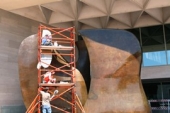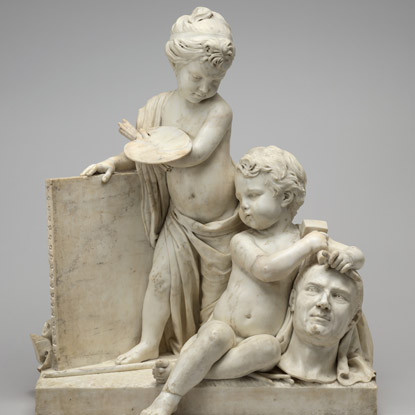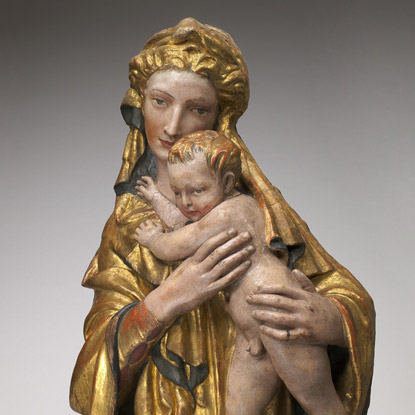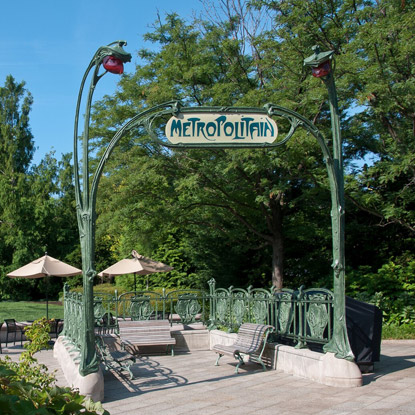From the tiniest Renaissance jewel to monumental outdoor sculpture, sculpture and decorative arts conservators study, preserve, and conserve a broad range of works of art. Perhaps the most eclectic in terms of composition, the sculpture and decorative arts collection encompasses traditional artists’ materials such as metal, stone, ceramic, glass, plaster, and wood, as well as more esoteric ones such as wax, ivory, bone, plastic, food, and even dung. Each material requires specialized knowledge for safe handling, treatment, and display.
To understand an artist’s materials and techniques, conservators utilize many analytical methods, including x-radiography, x-ray fluorescence spectroscopy, and close examination with visible and ultraviolet light, often aided by stereo and digital microscopes. Our research has illuminated Edgar Degas’s practices for creating his celebrated wax figures, identified the bronze alloys and their patterns of usage by Renaissance sculptors, authenticated works with unknown histories, and improved our ability to preserve an artist’s intent for painted outdoor sculpture by quantifying the color and gloss of the coatings originally applied.




